A Fleeting Moment: Edward Hopper’s Evening Wind
Edward Hopper was born in Nyack, New York, just north of New York City. After briefly studying at the Correspondence School of Illustrating, he attended the New York School of Art from 1900 to 1906. Hopper studied painting and life drawing under Kenneth Hayes Miller, Robert Henri and William Merritt Chase alongside classmates George Bellows, Guy Pène du Bois and Rockwell Kent.
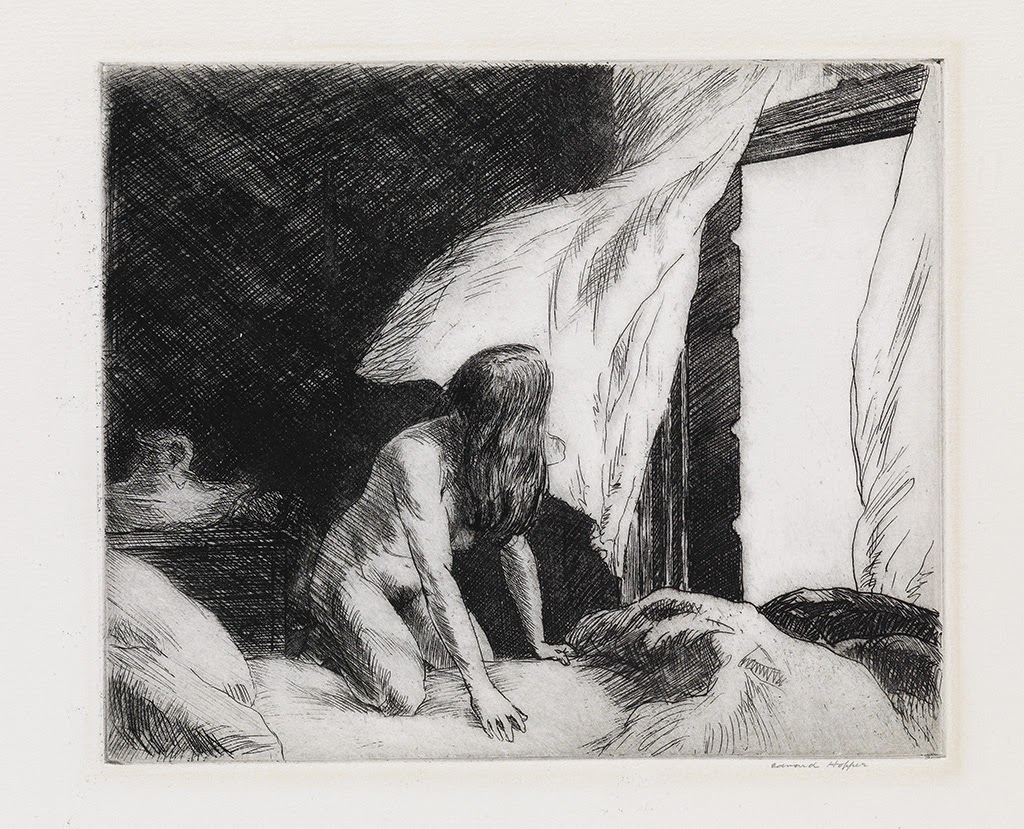
At the age of 24, Hopper left for Paris, where he stayed for over a year, and subsequently returned to Europe in 1909 and 1910. These European trips were crucial to his development as an artist, and even though he never returned to Paris, he portrayed a romanticized ideal of the place in many of his works until 1924, at which time he ceased using overt French imagery altogether. While many American artists who visited Paris during this time were most struck by the avant-garde movements of Fauvism and Cubism, Hopper paid them little attention and instead studied Degas and Manet, as well as Rembrandt and other Old Masters.

Hopper never chose to characterize himself as an illustrator or printmaker, preferring to be known as a painter, but he did find commercial success and a livelihood through both of these downplayed endeavors. He began working as an illustrator in 1905 with C.C. Phillips & Co., New York, and supplemented his income with illustration work through the early 1900s. He did not find sound financial footing through sales of his paintings until after 1924, following a sold-out exhibition of his work at the Rehn Gallery in New York.
Hopper’s first foray into printmaking came in 1915 at the encouragement of fellow illustrator Martin Lewis, who instructed him on the technical aspects of the medium. Their styles were markedly different: Lewis employed a variety of complicated techniques to obtain his desired tonal effects, while Hopper had a much simpler approach, only ever working in etching and drypoint. (Before he began etching in 1915, Hopper produced several monotypes, a medium viewed as an intermediary step between painting and printing.) Lewis focused on printmaking throughout his artistic career, while Hopper produced approximately 70 prints over a relatively short period of time. His career as an etcher was particularly short-lived and essentially ended in 1923–in 1928 he made his final prints, two drypoints, before abandoning printmaking altogether to focus on painting.
Hopper quickly mastered etching and drypoint. He had a relatively simple and steadfast preference when it came to printmaking: very black ink on very white paper, plates that were deeply bitten and clean-wiped, which produced impressions that came out inky with brilliant contrasts. While creating seemingly straightforward, realist compositions, Hopper imbued his scenes with mood and emotion, aptly capturing the intangible quality of a fleeting moment.
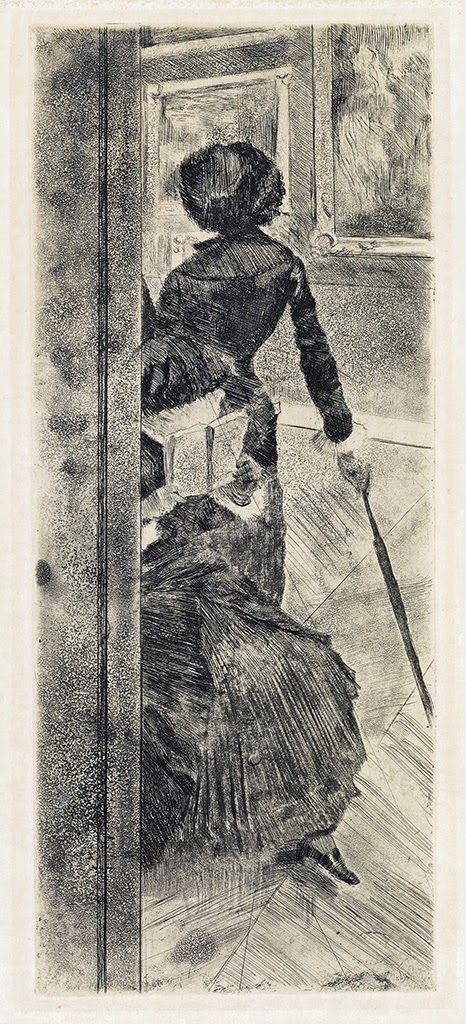
His work is characterized by a sense of stillness and isolation, which he often dramatized with the use of heavy chiaroscuro and dark hatching, such as in Evening Wind, one of his most celebrated etchings. The image of a lone woman before a window appears repeatedly in his oeuvre, and is an arrangement employed by one of his greatly admired influences, Degas. Windows crop up frequently in Hopper’s work, as symbols of the contrast between quiet interior moments and the busy outside world. Psychologically, Hopper’s figures are often caught in moments of contemplation or seeming boredom–scenes of stillness indicative of loneliness and weariness.
Hopper’s rapidly-gained proficiency as an etcher, his unique style and perspective, and the number of masterful prints that he created over his short career as a printmaker earn him a place as one of the most important American graphic artists of the twentieth century.
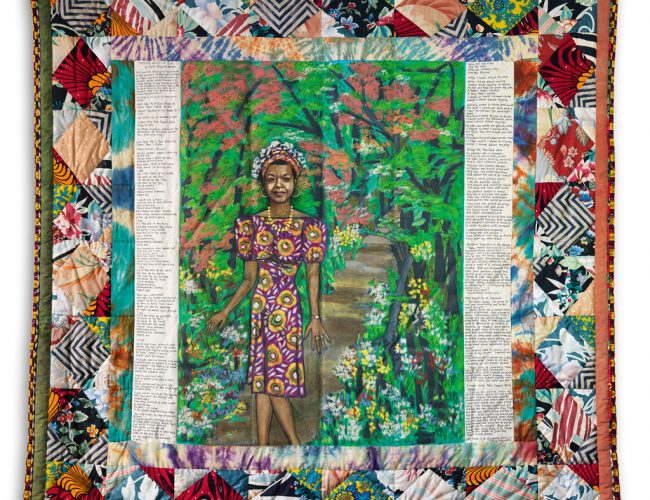
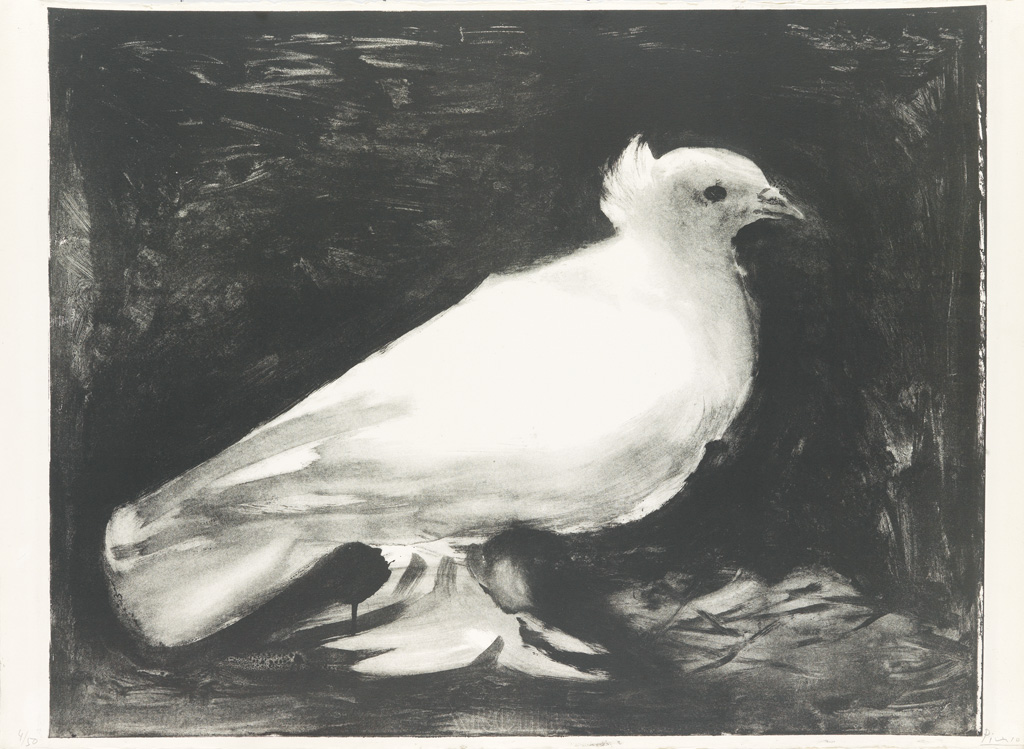
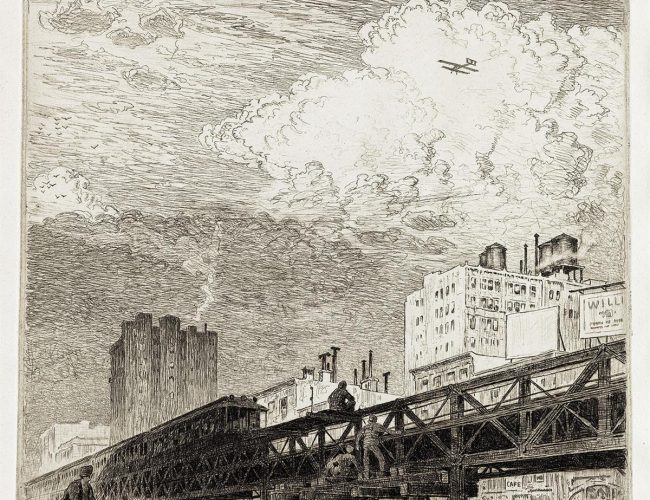





![Grace Meschery-McCormack shares about two copies of Fernando de Rojas’s ‘La Célestine,’ including a limited edition copy illustrated by Pablo Picasso.
At auction April 22. Learn more about the works at the link in our bio.
#Rarebooks #rarebookdealer #antiquarianbooks #auctions
_______________________________________
Music Credit:
Schubert - Piano Quintet in A major ‘The Trout’, D. 667 - IV. Andantino – Allegretto
Music provided by Classical Music Copyright Free on Youtube [https://tinyurl.com/visit-cmcf]
Watch: • Schubert - Piano Quintet in A major ‘...]](https://scontent-iad3-1.cdninstagram.com/v/t51.75761-15/491443494_18499096345036585_5935932878956098058_n.jpg?stp=dst-jpg_e35_tt6&_nc_cat=107&ccb=1-7&_nc_sid=18de74&_nc_ohc=m-4Ir9scQRgQ7kNvwF0EC_d&_nc_oc=Adk6vWHvJMH5TK67zw75jTpjO3KqV6u2qJzpfUwC4bmSaYLGiSmw5xfkUuplusJ5mI8&_nc_zt=23&_nc_ht=scontent-iad3-1.cdninstagram.com&edm=AM6HXa8EAAAA&_nc_gid=I2KwKxFlhuEycrmhTEgvNQ&oh=00_AfF885gvzqO7n4PePM3UjwvTNUF-SksqHVop1Qq0f9v-YA&oe=680BBD91)









